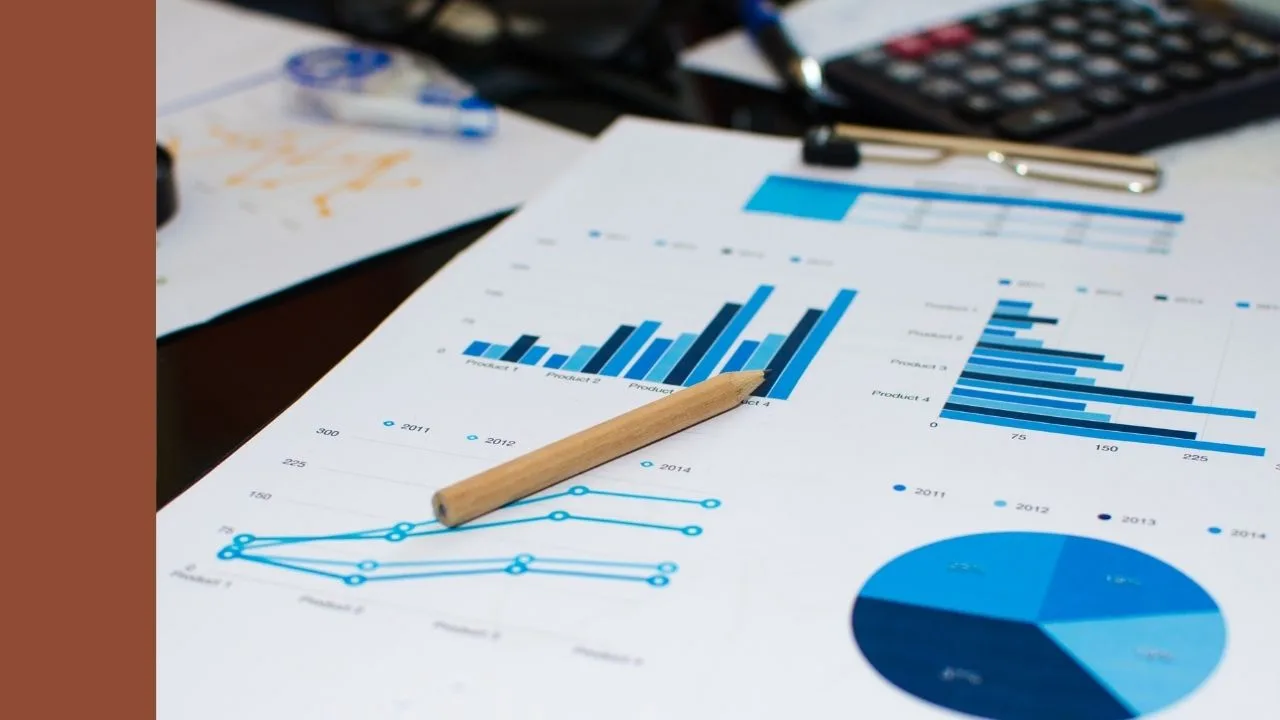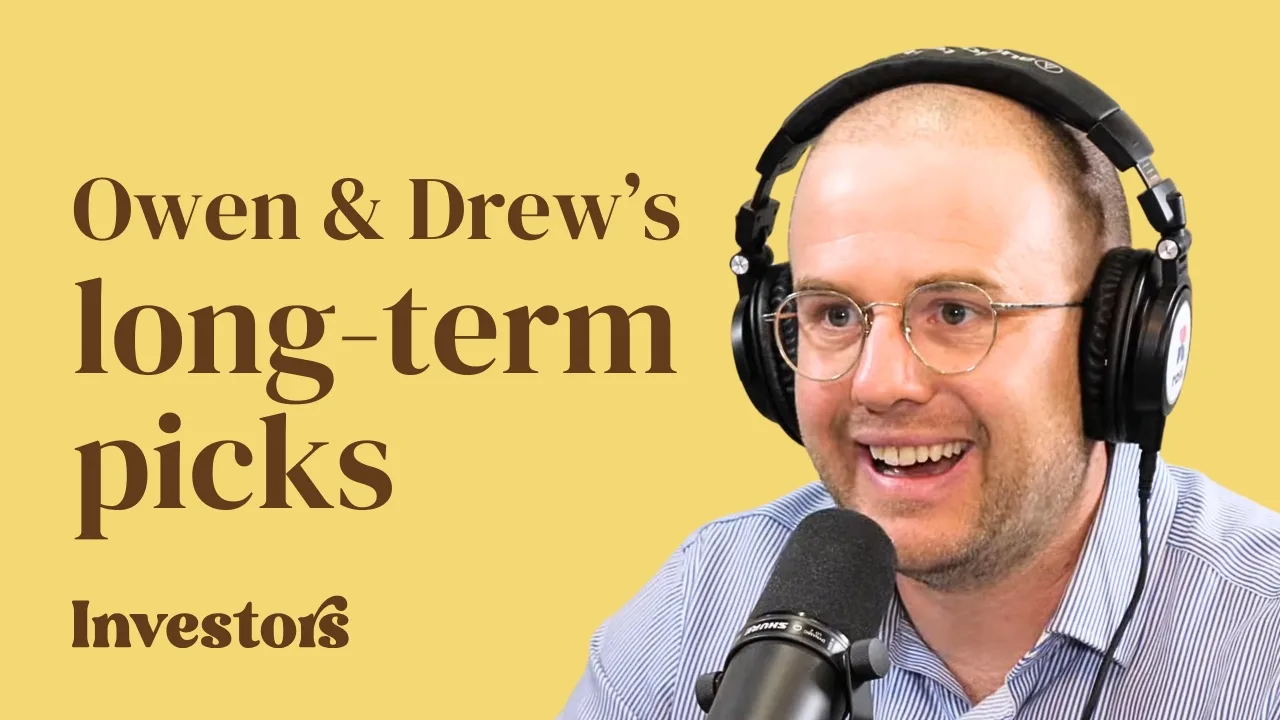Getting to an valuation is one of the more popular questions or topics our senior investment analysts get asked by Australian investors, especially those seeking dividend income. It’s not exclusive to Commonwealth Bank of Australia, of course.
ANZ Banking Group (ASX: ANZ) and Macquarie Group Ltd (ASX: MQG) are also very popular stocks on the ASX.
Before we walk through two valuation models you might use to answer the question yourself, let’s consider why investors like bank shares in the first place.
Alongside the tech and industrial sectors, the financials/banking industry is a favourite for Australian investors. The largest banks, including Commonwealth Bank of Australia and National Australia Bank operate in an ‘oligopoly’.
And while large international banks, such as HSBC, have tried to encroach on our ‘Big Four’, the success of foreign competitors has been very limited. In Australia, ASX bank shares are particularly favoured by dividend investors looking for franking credits.
Using comps for PE ratios
The ‘PE’ ratio compares a company’s share price (P) to its most recent full-year earnings per share (E). Remember, ‘earnings’ is just another word for profit. That means, the PE ratio is simply comparing share price to the most recent yearly profit of the company. Some experts will try to tell you that ‘the lower PE ratio is better’ because it means the share price is ‘low’ relative to the profits produced by the company. However, sometimes shares are cheap for a reason!
Secondly, some extremely successful companies have gone for many years (a decade or more) and never reported an accounting profit — so the PE ratio wouldn’t have worked.
Therefore, we think it’s essential to dig deeper than just looking at the PE ratio and thinking to yourself ‘if it’s below 10x, I’ll buy it.’
One of the simple ratio models analysts use to value a bank share is to compare the PE ratio of the bank/share you’re looking at with its peer group or competitors and try to determine if the share is too much or in the money relative to the average. From there, and using the principle of mean reversion, we can multiply the profits/earnings per share by the sector average (E x sector PE) to reflect what an average company would be worth. It’s like saying, ‘if all of the other stocks are priced at ‘X’, this one should be too’.
If we take the CBA share price today ($108.01), together with the earnings (aka profits) per share data from its 2022 financial year ($5.43), we can calculate the company’s PE ratio to be 19.9x. That compares to the banking sector average PE of 15x.
Next, take the profits per share (EPS) ($5.43) and multiply it by the average PE ratio for CBA’s sector (Banking). This results in a ‘sector-adjusted’ PE valuation of $83.09.
Why fully franked dividends boost the CBA share price
Given that ASX bank shares like CBA tend to have a history of paying dividends — and they are relatively stable businesses like REITs or ETFs — we can use a modelling tool called a dividend discount model or DDM to do a valuation.
A DDM uses the dividends shareholders are ‘expected’ to receive to arrive at a valuation.
To make this DDM easy to understand, we will assume last year’s dividend payment ($3.85) grows at a fixed rate each year.
Next, we pick the ‘risk’ rate or expected return rate. This is the rate at which we discount the future dividend payments back to today’s dollars. The higher the ‘risk’ rate, the lower the share price valuation.
We’ve used a blended rate for dividend growth and a risk rate between 6% and 11%, then got the average.
This simple DDM valuation of CBA shares is $73.39. However, using an ‘adjusted’ dividend payment of $4.37 per share, the valuation goes to $78.33. The expected dividend valuation compares to Commonwealth Bank of Australia’s share price of $108.01. Since the company’s dividends are fully franked, you might choose to make one further adjustment and do the valuation based on a ‘gross’ dividend payment. That is, the cash dividends plus the franking credits (available to eligible shareholders). Using the forecast gross dividend payment ($6.24), our valuation of the CBA share price prediction to $111.91.
CBA share price, key takeaways
Please be mindful that these valuation methods are just the starting point of the research and valuation process. Please remember that. Banks are very complex companies and if the GFC of 2008/2009 taught investors anything, it’s that even the ‘best’ banks can go out of business and take shareholders down with them.
If you are looking at Commonwealth Bank of Australia shares and considering an investment, take your time to learn more about the bank’s growth strategy. For example, is it pursuing more lending (i.e. interest income) or more non-interest income (fees from financial advice, investment management, etc.)? Then, take a close look at economic indicators such as unemployment, house prices and consumer sentiment. Finally, it’s always essential to make an assessment of the management team.







